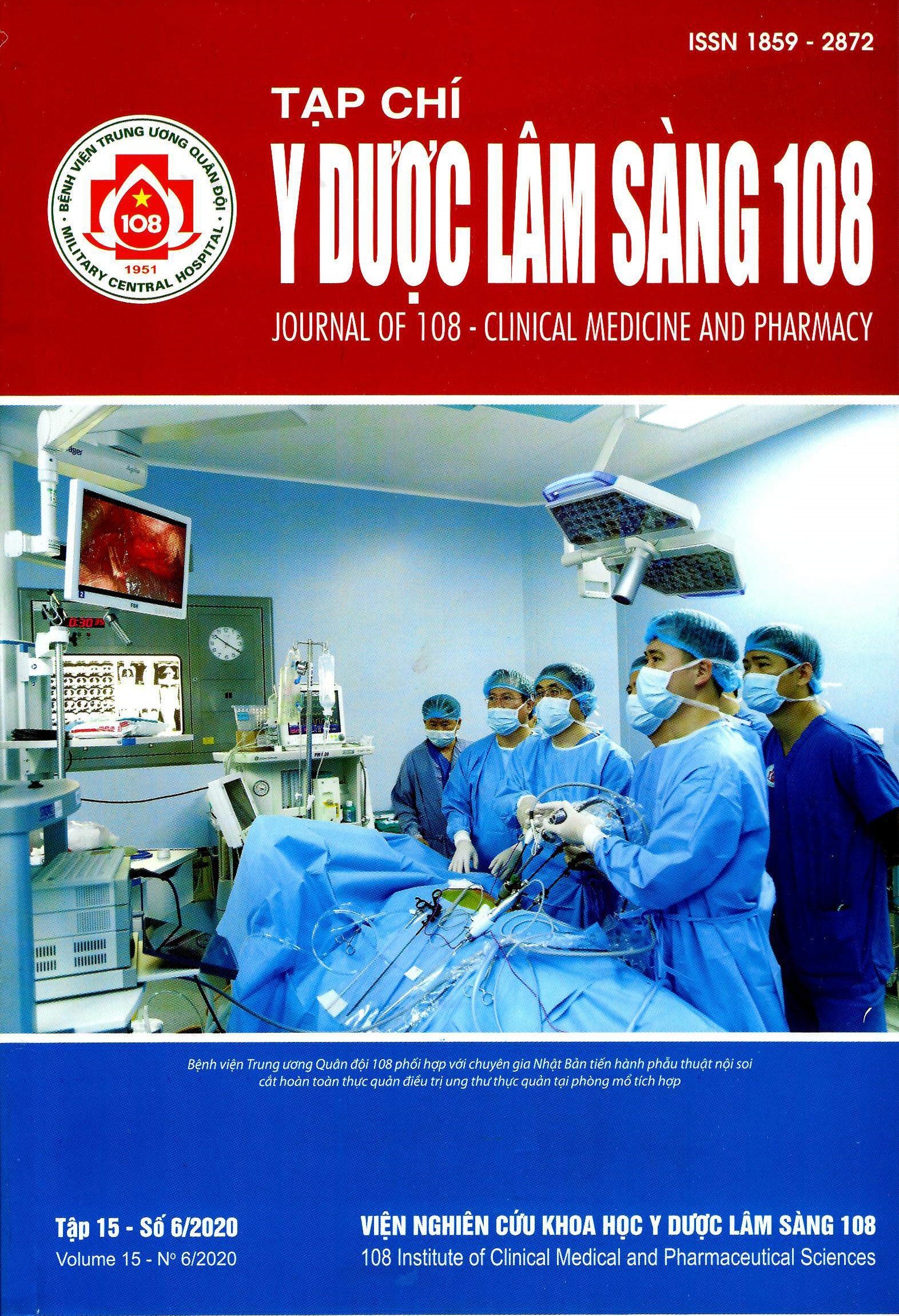Relationship between onset-to-door time and some factors in relatives of acute stroke patients
Main Article Content
Keywords
Abstract
Objective: To examine some factors (distance, transfer time, knowledge of stroke risk factors, symptoms and first aid) among relatives of acute stroke patients and its relation to onset-to-door time. Subject and method: 75 patients with acute stroke were enrolled from 10/2016 to 10/2017. Assessed patient's relatives understanding of risk factors, symptoms, first aid also distance, transfer time and identified its relation to onset-to-door time. Result: Mean age of stroke patients’ relatives was 61.82 ± 13.27, 60% males. Stroke patients tended to be taken to the hospital early (≤ 6 hours) when patients had shorter distance and transfer time (p<0.01). Onset-to-door time was faster when relatives of acute stroke patients lived in urban areas and had higher educational levels (p<0.05). Patients whose relatives knew the risk factors and F.A.S.T warning signs had statistically significantly faster emergency time (p<0.05). For patients who were properly first aid by their relatives, the onset-to-door time within 6 hours rate was 69.6%, which was statistically higher than that of patients without proper first aid (30.4%). Conclusion: Onset-to-door time is improved when relatives of stroke patients are highly educated, living in urban areas, with knowledge of risk factors, symptoms and first aid for stroke patients also shorter distance and transfer time.
Article Details
References
2. Faiz KW, Sundseth A, Thommessen B et al (2018) Patient knowledge on stroke risk factors, symptoms and treatment options. Vasc Health Risk Manag 14: 37-40.
3. Hickey A, O'Hanlon A, McGee H et al (2009) Stroke awareness in the general population: Nowledge of stroke risk factors and warning signs in older adults. BMC Geriatr 9: 35.
4. Kim YS, Park SS, Bae HJ et al (2011) Stroke awareness decreases prehospital delay after acute ischemic stroke in Korea. BMC Neurol 11:2.
5. Kimura K, Iguchi Y, Shibazaki K et al (2010) Early stroke treatment with IV t-PA associated with early recanalization. Neurol Sci 295(1-2): 53-57.
6. Paul CL, Ryan A, Rose S et al (2016) How can we improve stroke thrombolysis rates? A review of health system factors and approaches associated with thrombolysis administration rates in acute stroke care. Implement Sci 11: 51.
7. Saver JL, Jahan R, Levy EI et al (2012) Solitaire flow restoration device versus the Merci Retriever in patients with acute ischaemic stroke (SWIFT): A randomised, parallel-group, non-inferiority trial. Lancet 380(9849): 1241-1249.
8. Saver JL (2006) Time is brain--quantified. Stroke 37(1): 263-266.
 ISSN: 1859 - 2872
ISSN: 1859 - 2872
